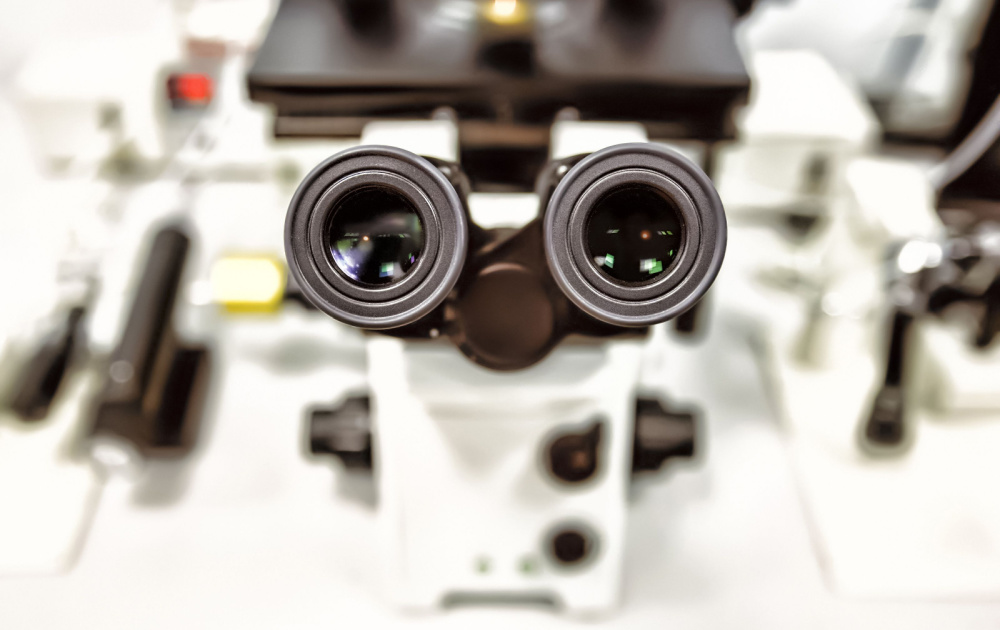
(LifeSiteNews) –Scientists recently announced the development of the first synthetic human embryos from stem cells, bypassing the need for eggs and sperm to unite and form the models. Researchers are hoping the breakthrough will enable better understanding of genetic disorders and miscarriages, but the development also raises ethical debates and concerns.
During the International Society for Stem Cell Research (ISSCR) annual meeting last week in Boston, scientists from the University of Cambridge and the California Institute of Technology shared that their work had successfully modeled a human embryo through stem cells. Complete details of the research have yet to be released to the public.
Information obtained by The Guardian reveals that the models “do not have a beating heart or the beginnings of a brain but include cells that would typically go on to form the placenta, yolk sac and the embryo itself.” The outlet added that researchers can’t tell if the synthetic embryos would be able to continue development. Legally, they “are only allowed to cultivate embryos in the lab up to … 14 days.” Scientists are also not legally permitted to implant the embryos into a woman’s womb.
“Our human model is the first three-lineage human embryo model that specifies amnion and germ cells, precursor cells of egg and sperm,” Professor Magdalena Żernicka-Goetz, who presented the research at the ISSCR meeting, told The Guardian.
According to Żernicka-Goetz’s lab, which spearheads the research efforts, the work is motivated by the “mystery” of implantation stages of embryo development, knowledge of which is limited “because this is when the human embryo becomes buried in the maternal tissues and so impossible to study.”
“In order to gain insights to this developmental transition, we developed approaches to culture and image mouse and human embryos through their implantation stages in vitro,” information on the lab’s website continues. “This knowledge has allowed us to create the first synthetic embryos through assembly of different stem cell types — embryonic and extra-embryonic stem cells — that assemble into structures that recapitulate natural spatially regulated gene expression” and development.
Based on information on the website, the researchers do not indicate any intention of using their work to create human embryos that are able to sustain life but rather as an “opportunity to dissect the genetic and extracellular modules underlying development.”
Although the extent of the research remains unknown, making it difficult to take an ethical stance on the work, some are expressing hesitation about where the research will lead. Melissa Moschella, professor of philosophy at The Catholic University of America, told Catholic News Agency that, so far, the research “does not seem to have the fully whole organizational potential of a real human embryo, which is why they call it a model.”
However, she also described the research as “worrisome” because of the potential for scientists to “cross that line from something that is merely a model and something that actually is a human being” without realizing they had done so. Moschella said “we are playing with fire here, experimenting with the origins of human life when it’s not quite clear how we would know when what we’ve created is actually a human being.”
She added that, should researchers want to test whether a synthetic embryo “could develop to full maturity,” that would go a step further and require gestation of the embryo in a woman’s uterus, amounting to “live experiments on human beings.”
The breakthrough research comes a decade after a similar ethical debate arose surrounding induced pluripotent stem cells (IPSC), which involved taking adult stem cells and reprogramming them to imitate an embryonic stage of development. In 2013, Dr. John Gurdon, who spearheaded research related to nuclear transfer cloning techniques, told LifeSiteNews that “you can actually get a totally normal, reproducing, adult animal from a skin cell without the use of an egg,” as had already been done with mice.
He further argued that IPSC were “probably” already embryos, which would negate the narrative that this method was merely creating “embryo-like” cells and did not cross any ethical boundaries.
Researchers have also argued that the process was not understood well enough to dive into it too quickly, despite the potential for effective therapeutic treatments and regenerative medicine.
Developing embryonic cells stand in contrast to the use of adult stem cells for various treatments, which has proved to be a successful method of regenerative medicine for seemingly permanent health defects. Over the years, adults have been injected with their own stem cells and experienced massive improvements with various health issues, including multiple sclerosis, paralysis and other chronic conditions.

